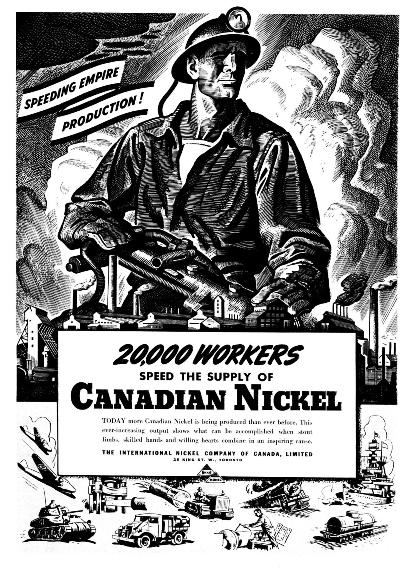https://archive.macleans.ca/
An intimate sketch of the man [ Elihu James Davis] whose courage and faith created the T. and N. O., “the discovery railroad which opened Northern Ontario’s treasure chest”
THIS is the story of a man who proved by his foresight and his deeds that politicians do get things done, their traducers to the contrary. What is more, it proves that the smiling goddess, sometimes called Lady Luck, is cast in important roles in the fashioning of any young country, bestowing her favors on those who have the courage to set up new milestones of empire, no matter how the scoffers oppose.
As is the case with all pioneering achievement, it is a story of the faith that moves mountains, of dreams and vision and belief. It is the story of Elihu James Davis, the tanner of Newmarket, whose determination and courage brought into being the Temiskaming and Northern Ontario Railway, hoping thereby to create a new agricultural empire, only to find that Dame Fortune had flung wide the portals to a Canadian Eldorado.
Not even Davis, in the days when the T. and N. O’s. right-of-way was still a figment of fancy, could dream of the riches that were to come. Here was to be a prosperous new farming region, with New Liskeard its market town. Colonists, hearing of the wealth of the soil, would come to join those who were opening up the country.
Read more


























